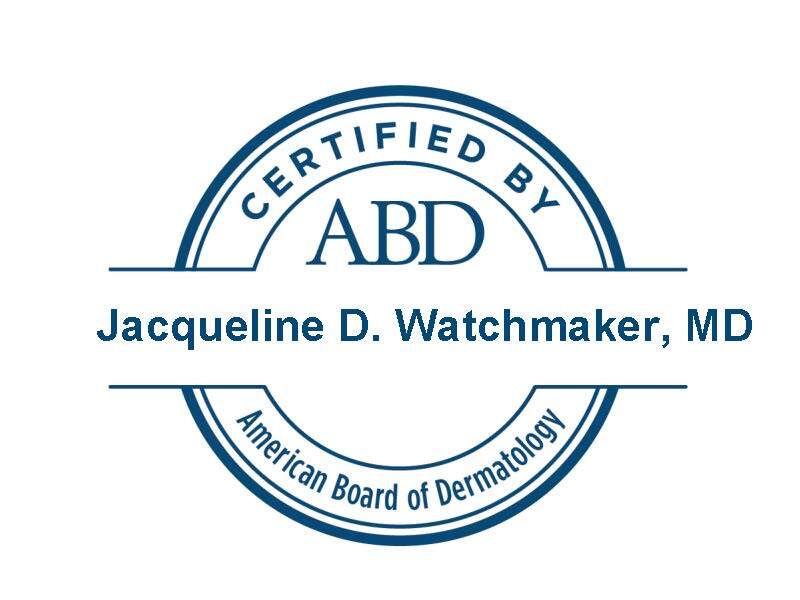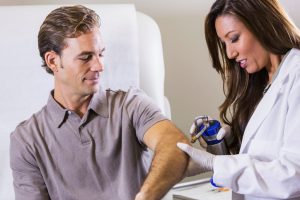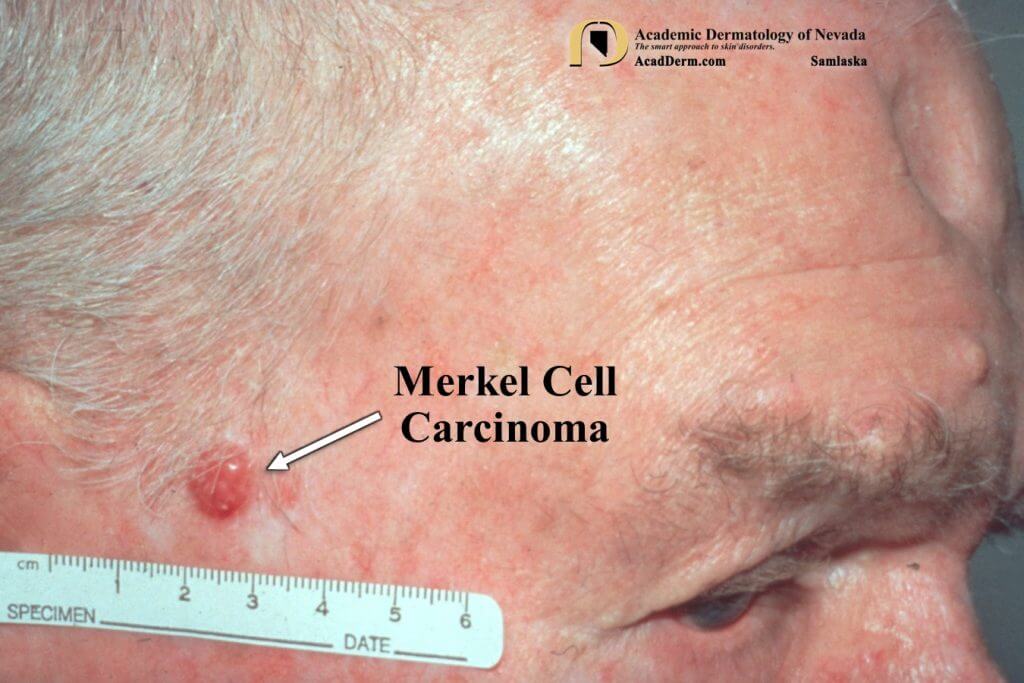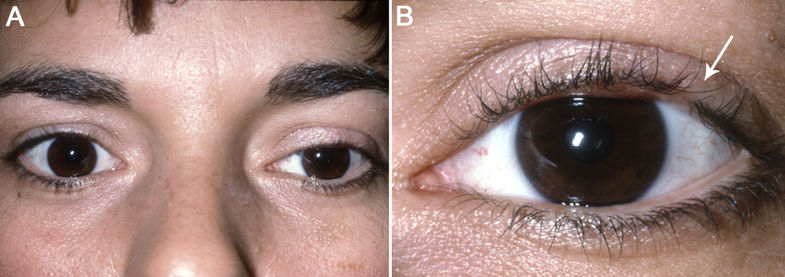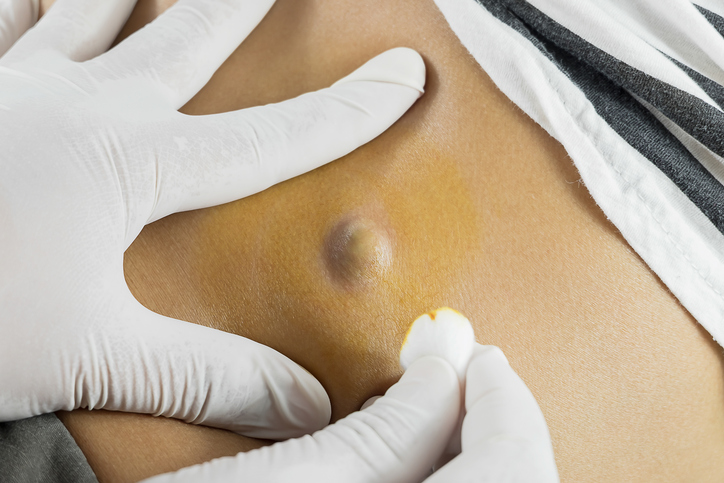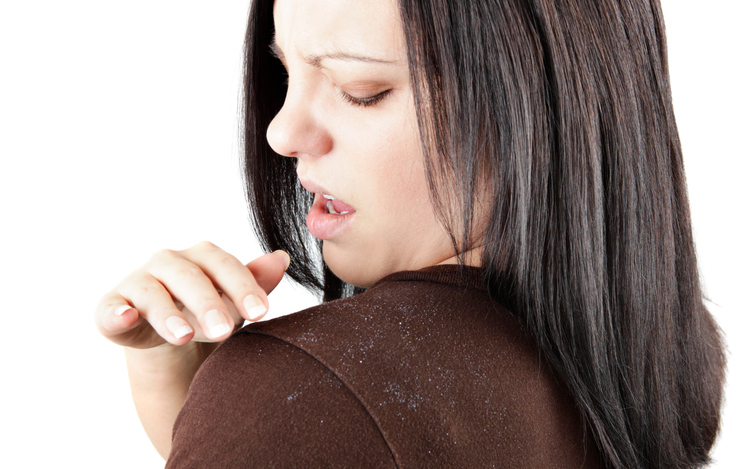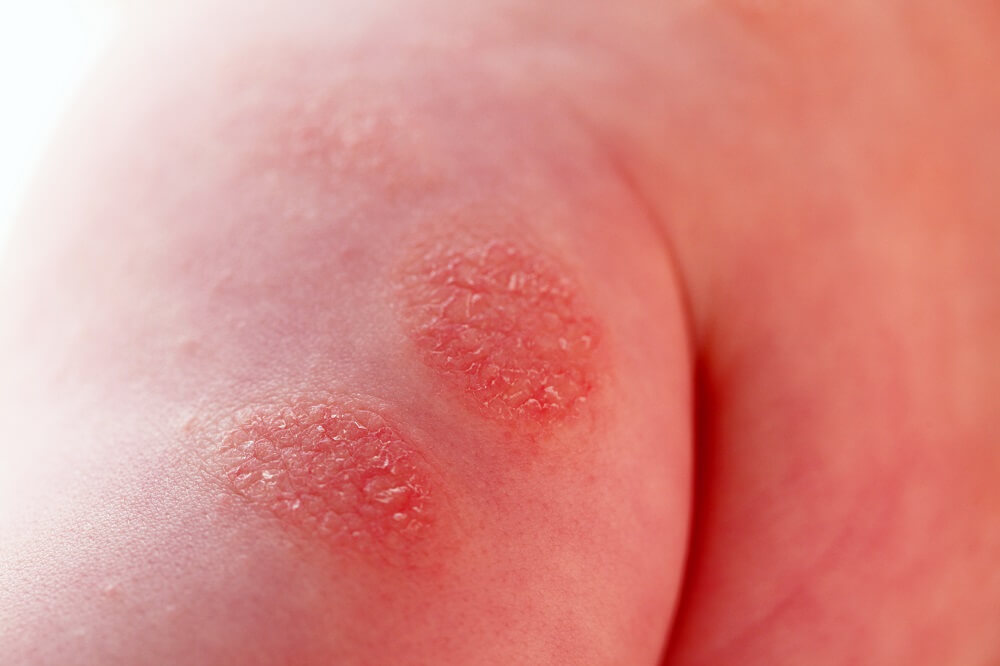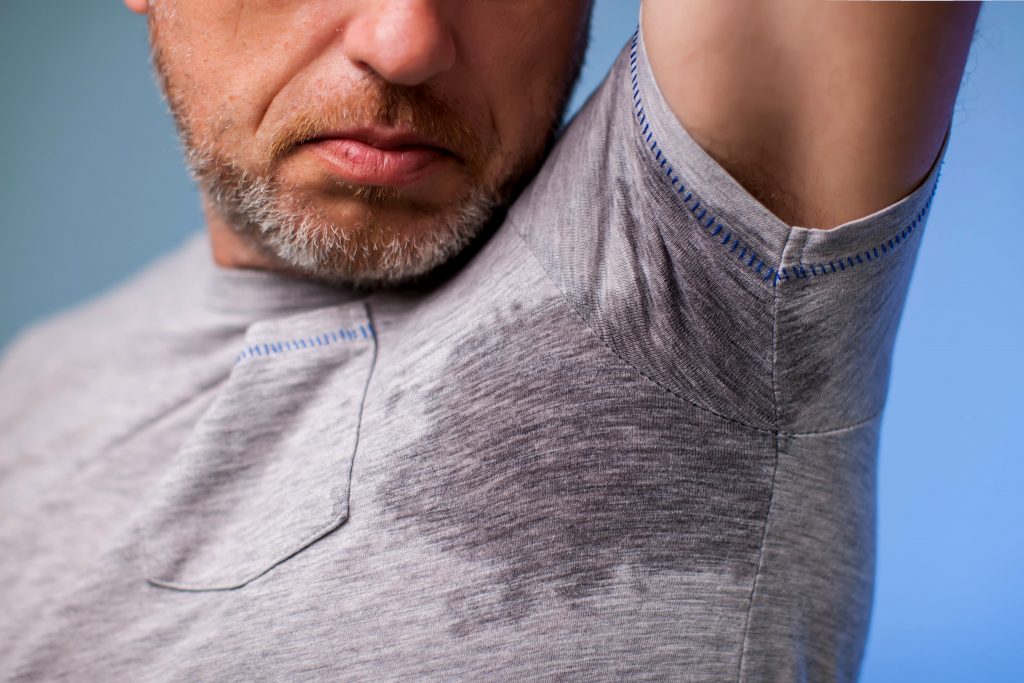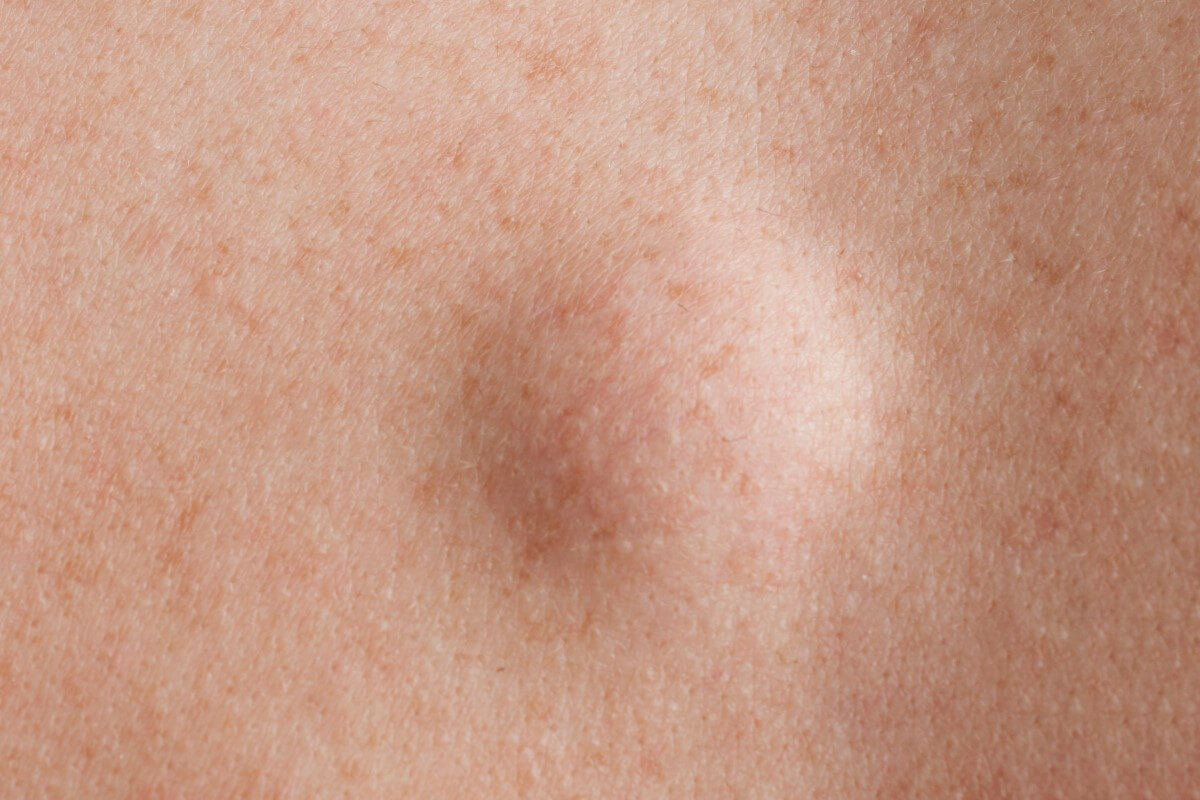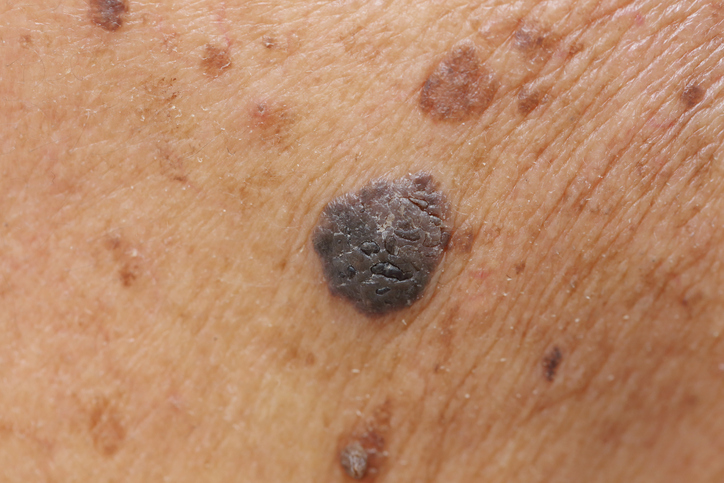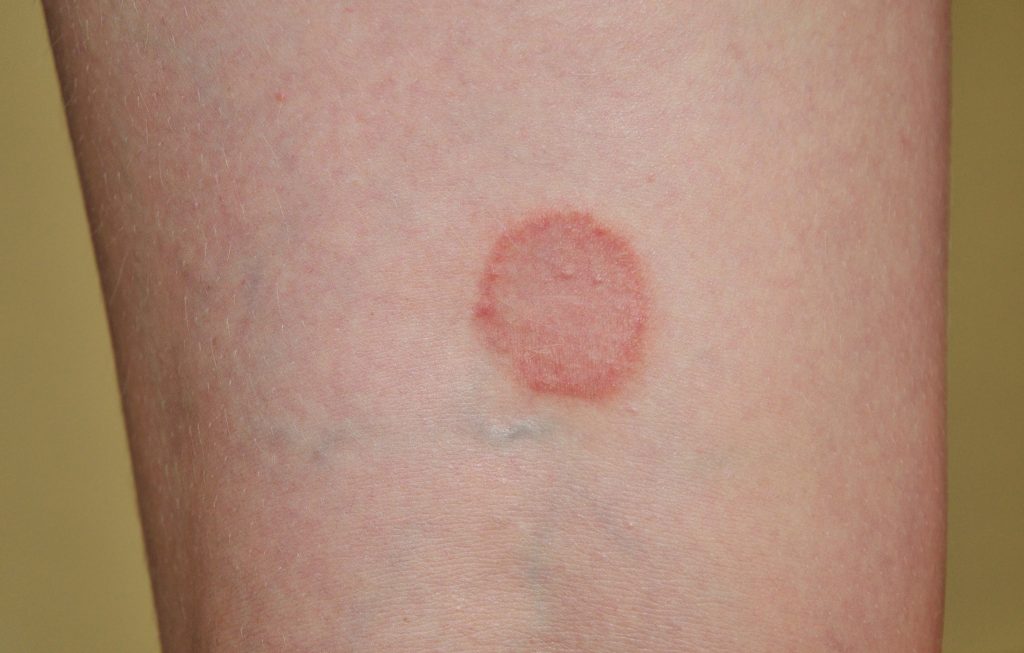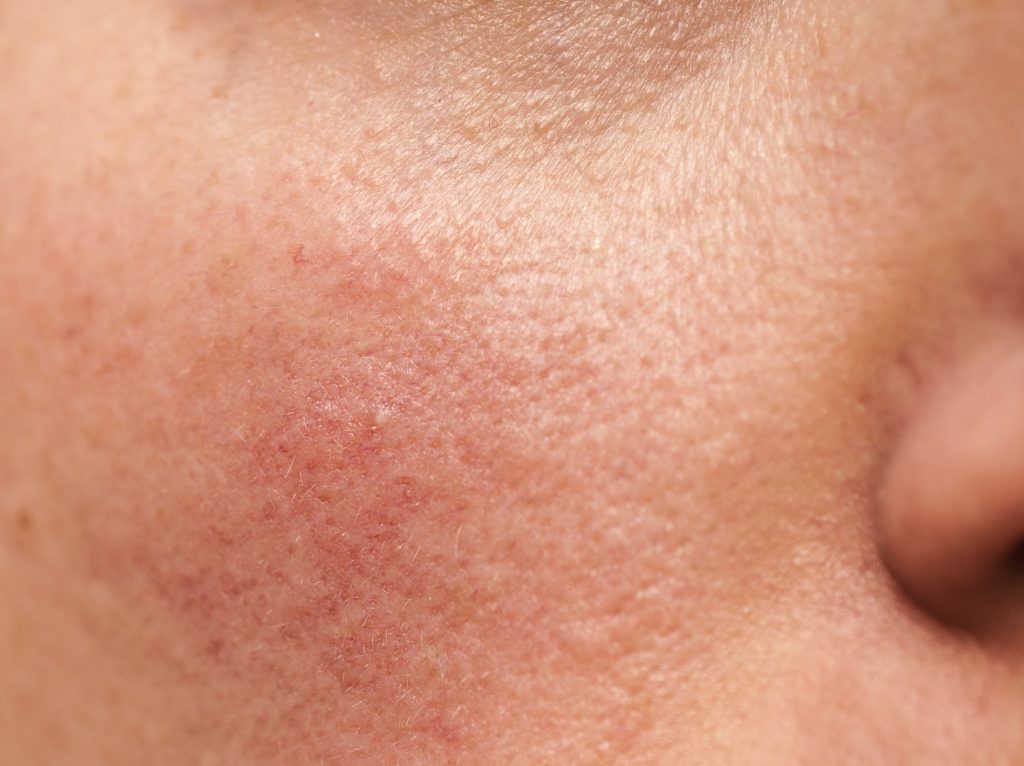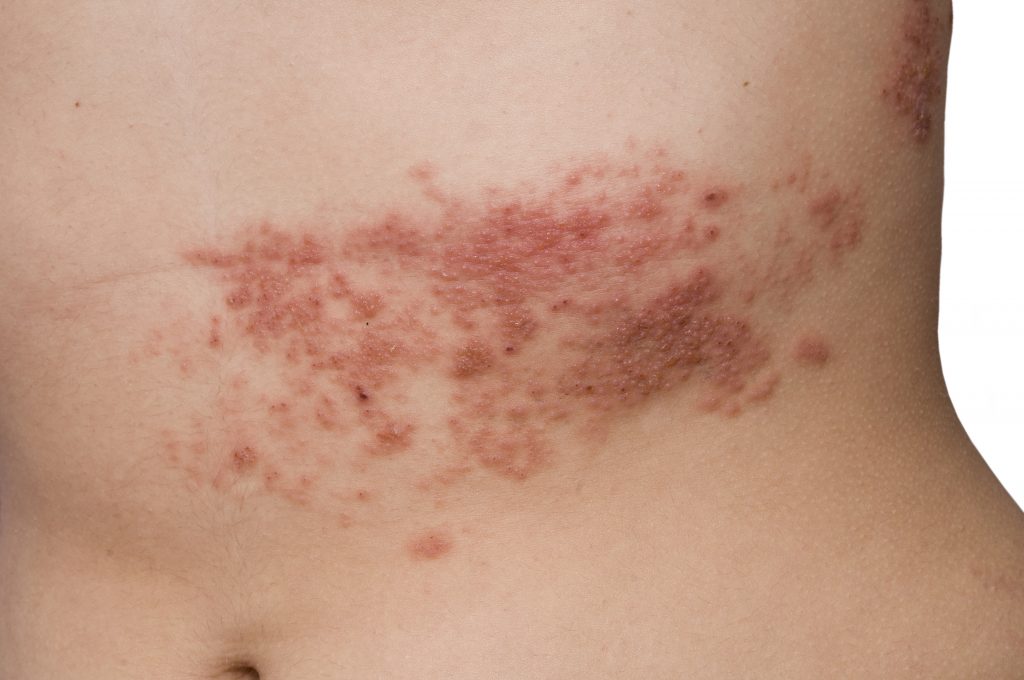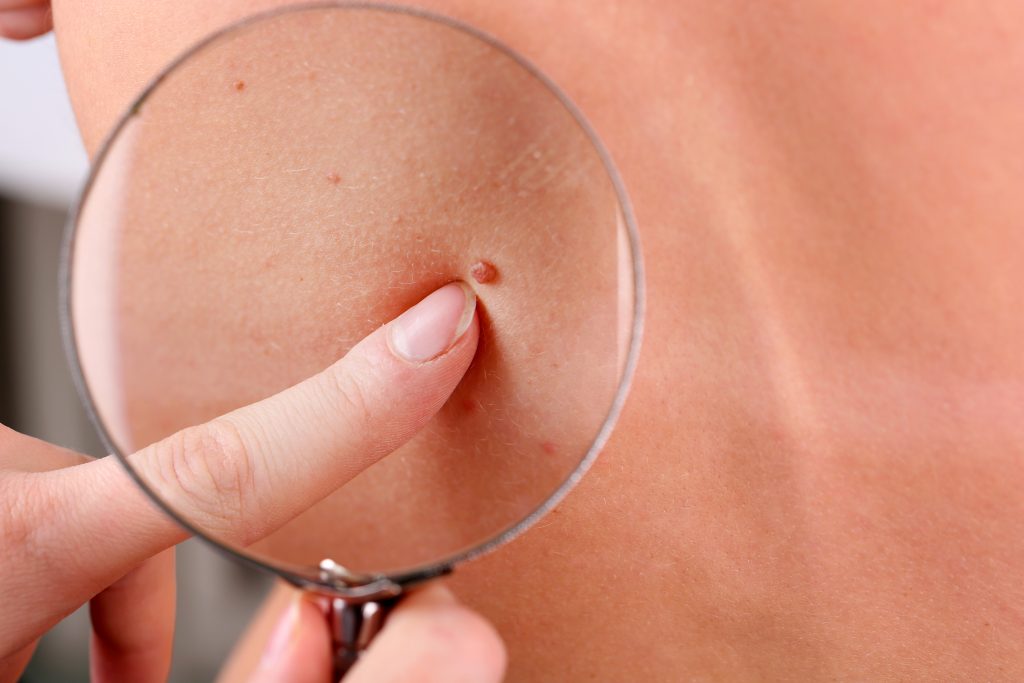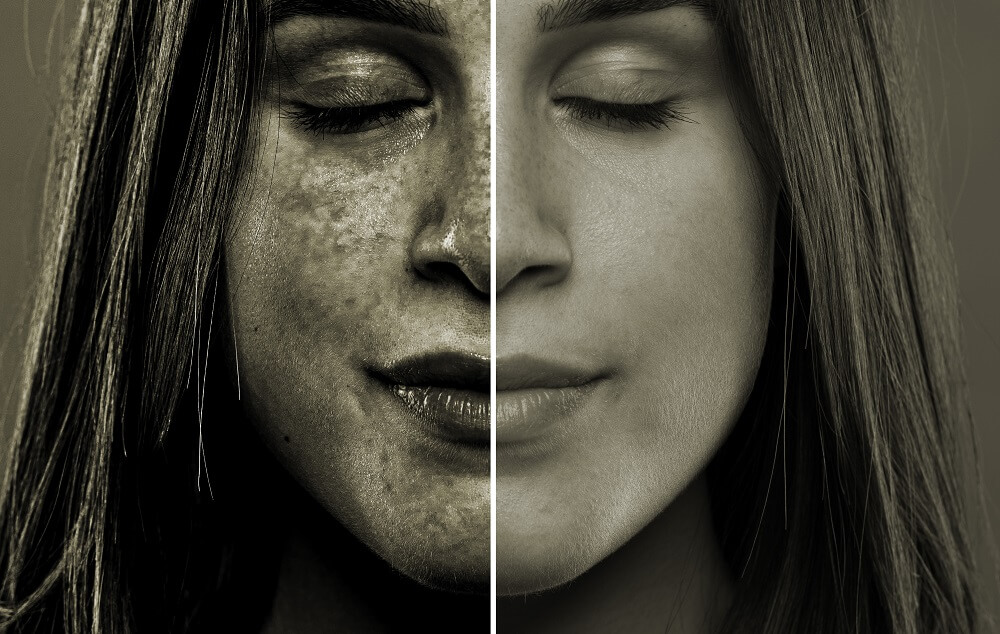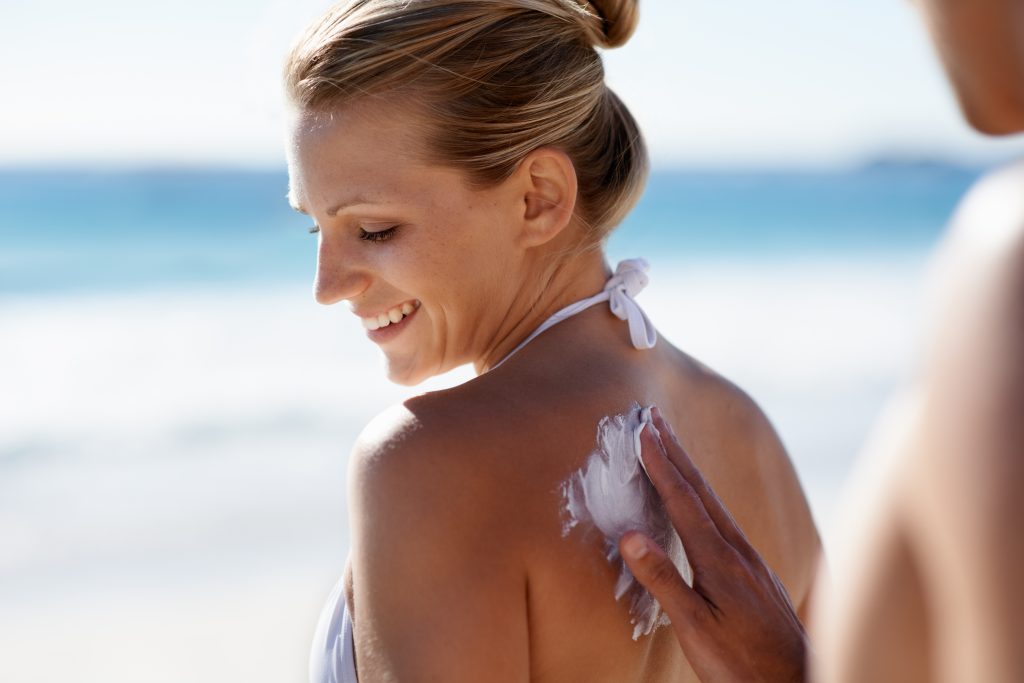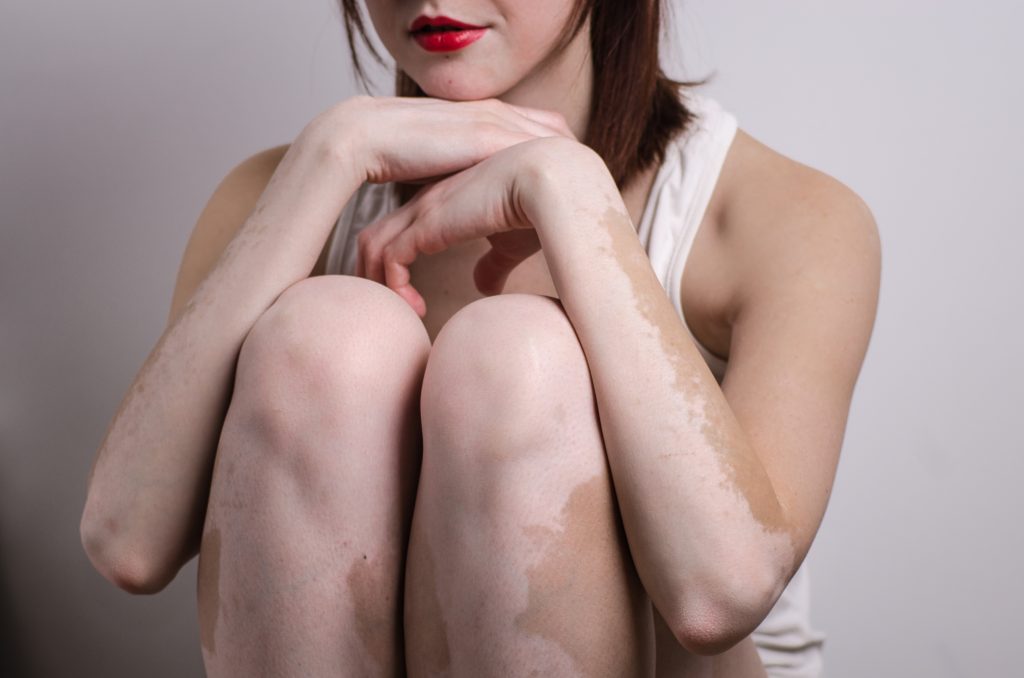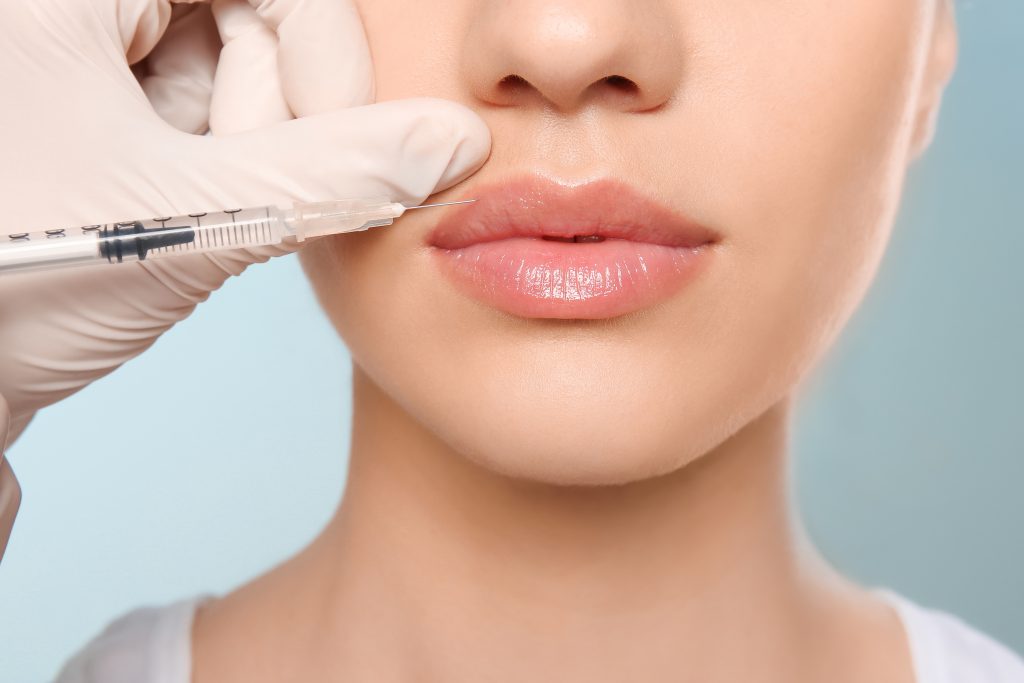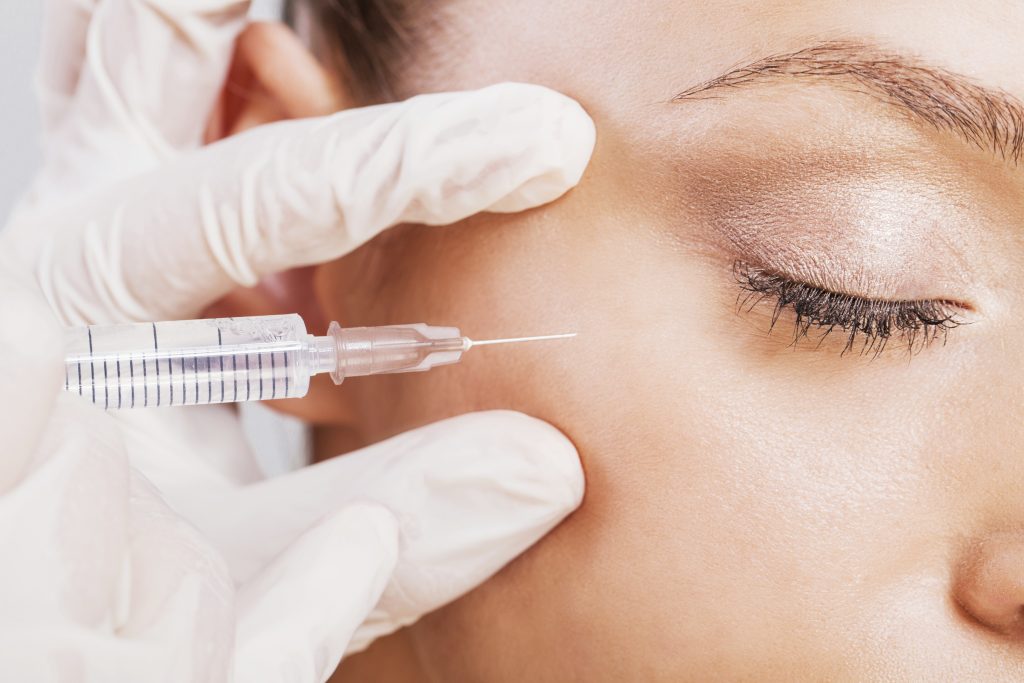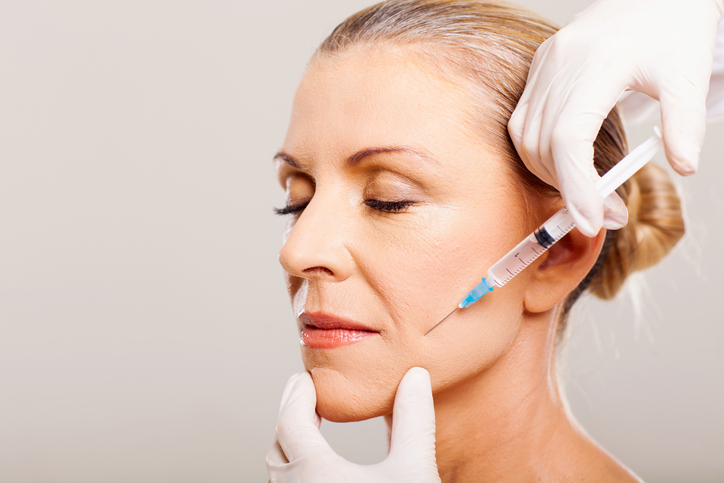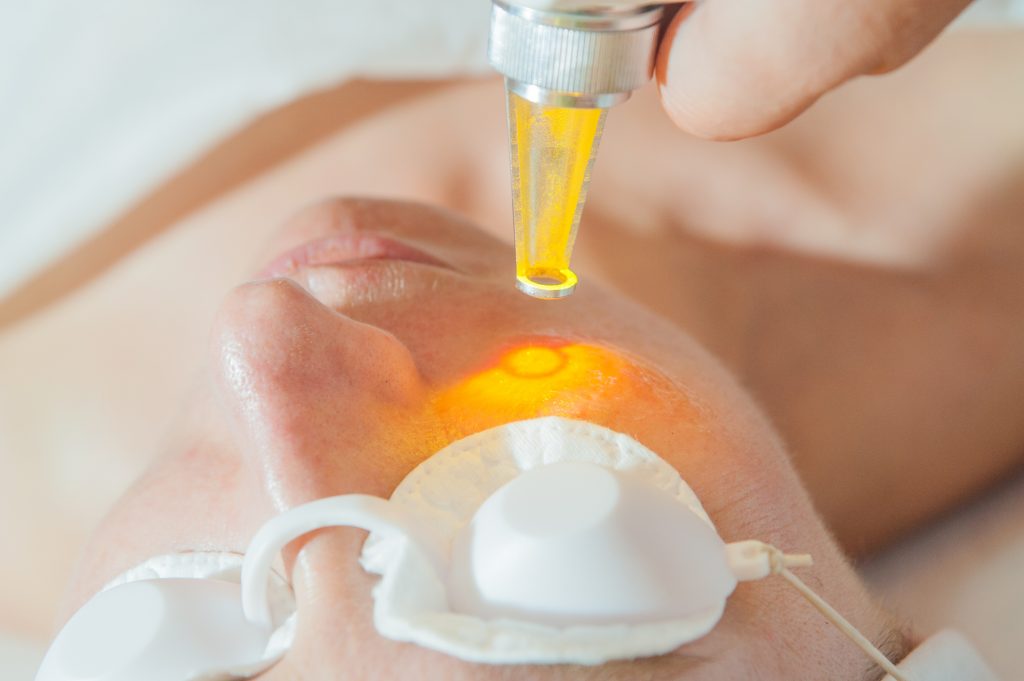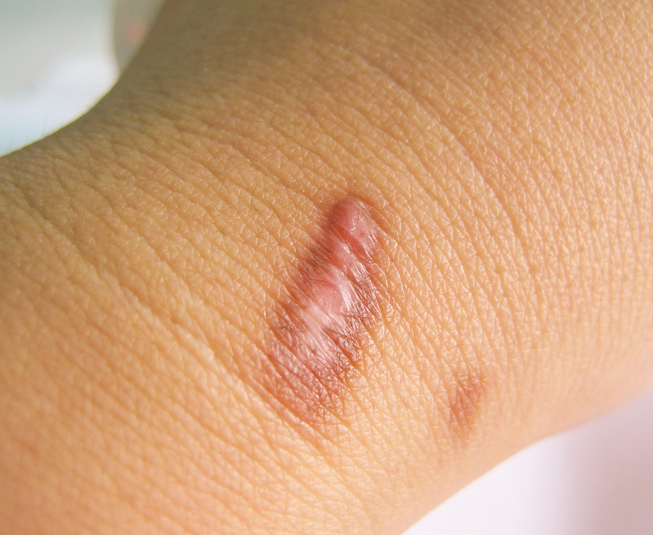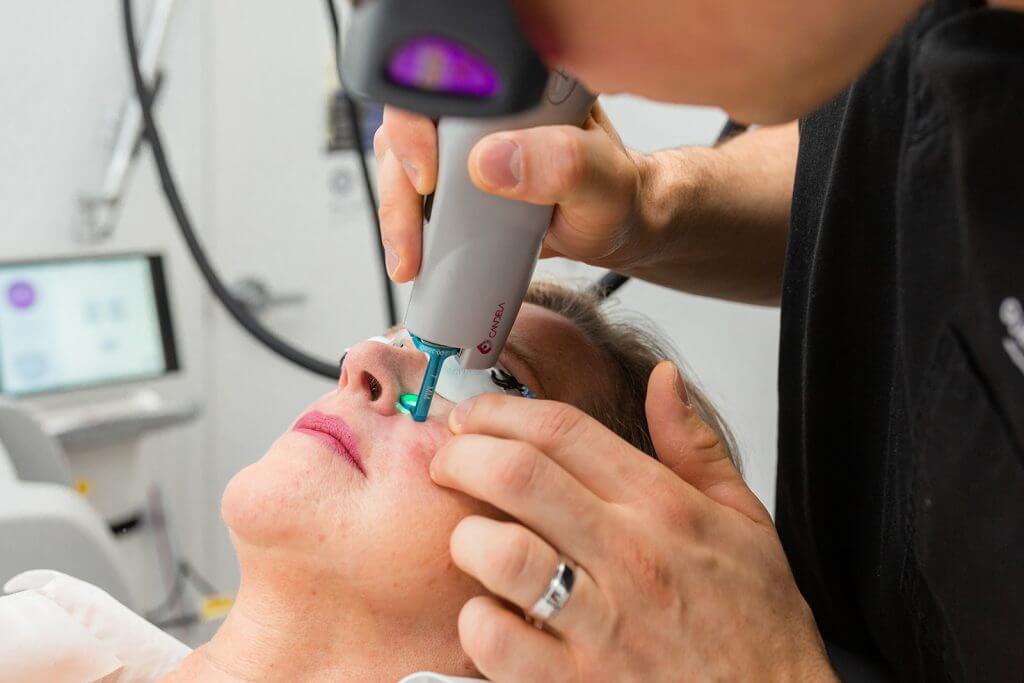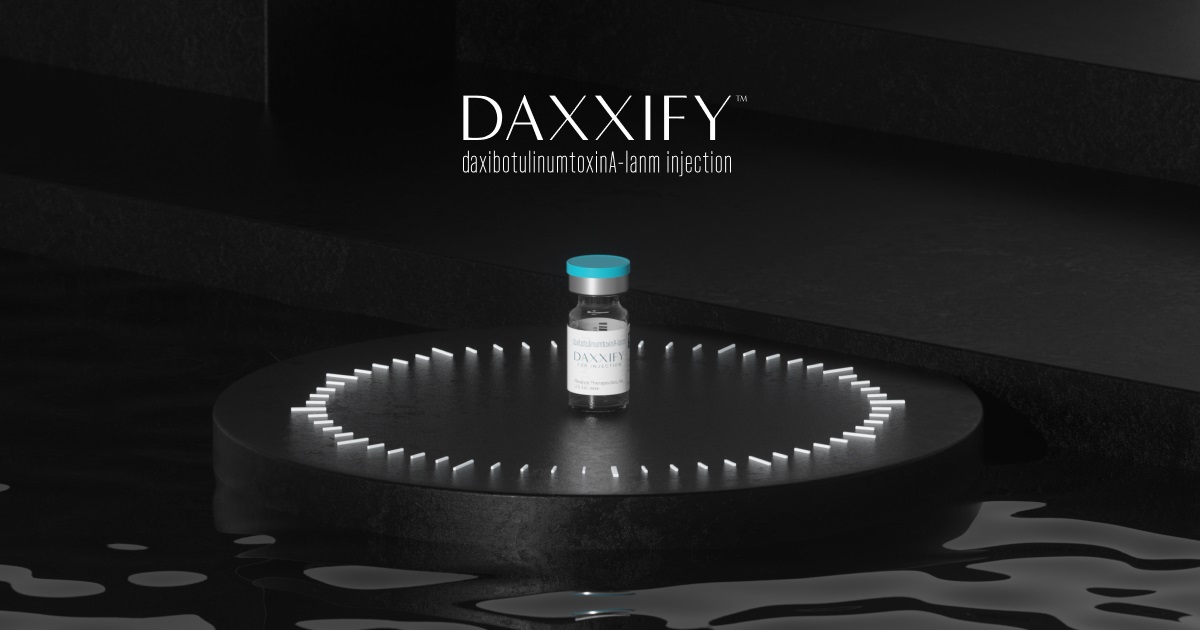Dr. Jacqueline Watchmaker is a Board-Certified Dermatologist who practices general and cosmetic dermatology. Dr. Watchmaker helps patients with all aspects of their skin including rashes, skin cancers, acne, skin aging, cosmetic procedures, and more. She feels that the most rewarding part of her job is sharing knowledge with her patients so that as a team the patient can partner in how to best treat their skin condition.
Dr. Watchmaker has won numerous awards and honors throughout her medical training at Medical College of Wisconsin, where she attended medical school, and Boston University, where she completed her dermatology residency. During medical school, she was elected to the prestigious Alpha Omega Alpha Honor Society. During residency, she was selected as the top intern and also served as the Director of Resident Education during her second year of training. During her final year of residency, she was selected as the Chief Resident for her program.
Following her medical training, Dr. Watchmaker furthered her education with a fellowship at the renowned Skincare Physicians in Chestnut Hill, Massachusetts where she focused on cosmetic dermatology and laser medicine. There, she developed expertise in the use of lasers for the treatment of a variety of skin conditions and cosmetic procedures. During her fellowship, she trained with dermatologists who are leaders in the field and worked on clinical trials which are advancing the treatment of dermatologic conditions. Through this work, she developed an expertise in the use of injectable fillers, neuromodulators (such as Botox), lasers, and other energy-based devices to treat a wide variety of medical and cosmetic conditions including scars, birthmarks, rosacea, acne, cellulite, melasma, hair loss, and aging skin.
Dr. Watchmaker has been invited to present at national conferences including the American Academy of Dermatology, the American Society for Dermatologic Surgery, and the American Society for Laser Medicine and Surgery. She has also written multiple book chapters and contributed research papers to peer-reviewed medical journals.
Dr. Watchmaker grew up in Wisconsin, trained in Boston but has adopted Arizona (where she has many family members) as her home. Outside of practicing dermatology, she enjoys spending time with her husband and family (including her twin sister), hiking, cooking, and taking barre classes. She is thrilled to be a part of the U.S. Dermatology Partners family and looks forward to providing her patients with exceptional care at the CALM Scottsdale location.
Specialties and Affiliations
- American Academy of Dermatology
- American Society for Dermatologic Surgery
- American Society for Laser Medicine and Surgery
Featured Articles
- Healing Beyond Skin: Dr. Jacqueline Watchmaker’s Approach to Dermatology
- The Effects of Glycative Stress on the Skin
- Experts share the best products to help with postpartum hair loss, plus advice on how to help prevent it
- Can Estrogen Cream Reverse Skin Aging?
- Besting Needle Fatigue: Are Energy-Based Treatments the Answer?
- Struggling with Facial Redness? Discover Expert Tips to Soothe Your Skin
- Gen Z beauty trend poses a huge cancer risk
- Gen Z Is Bringing Back The Tanning Bed—And Derms Have Serious Concerns
- Is there such a thing as a safe tan?
- The 17 Best Body Scrubs for Soft and Glowing Skin
- Do Sunscreen Patches Actually Work?
- The 18 Best Mineral Sunscreens, Vetted By Editors and Experts
- Tips for dry winter skin relief
- What’s the Best Way to Treat Body Acne?
- Keep the Kids Safe Out in the Sun this Summer
- Can You Put Essentials Oils on a Sunburn? We Asked Dermatologists
- Could UV Nail Salon Lights Contribute To Cancer Risk? This Phoenix Dermatologist Has Answers
- What Is 'Ozempic Face'? Doctors Explain Why It Happens and How to Fix It
- Dry Skin Care Tips for Winter
- Scientific Advancements Leading to New Options to Manage Aesthetic Concerns
- Aesthetics Abound for the Aging Face
- How Hidradenitis Suppurativa Scars Are Treated
Featured Blogs
- What Is Needle Fatigue? Why More Patients May Be Turning to Laser Treatments for Anti-Aging
- How to Improve the Appearance of Scars
- Best Ingredients to Pair and Avoid with Retinol
- Kids' Skincare: Building Healthy Routines & Choosing Safe Products
- Collagen Boost: Effective Treatments for Radiant Skin
- Gel Manicures & Nail Health – Tips for Healthy Nails
- Skincare Myths Debunked by Dermatologists
- What Is Ozempic Face?
- What Is the Best Laser Treatment for Rosacea?
- Minimizing Bruising After Botox & Fillers
- Dr. Jacqueline Watchmaker Joins U.S. Dermatology Partners at CALM Scottsdale and Phoenix Biltmore


